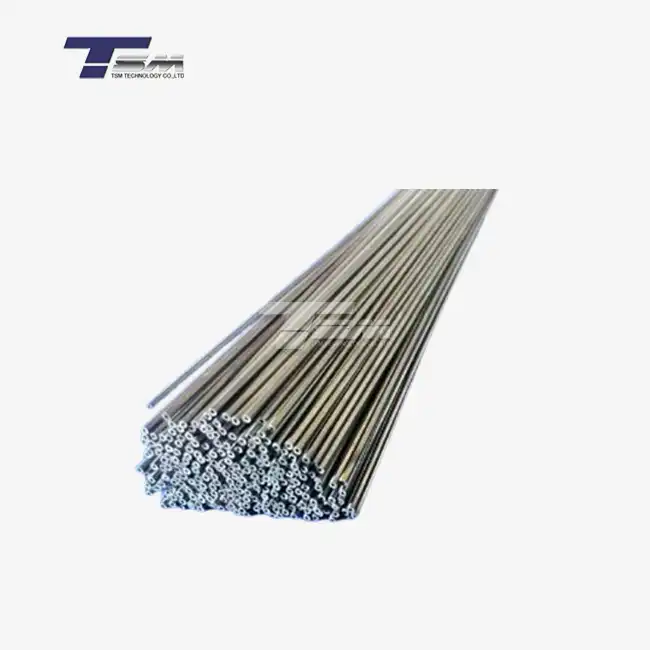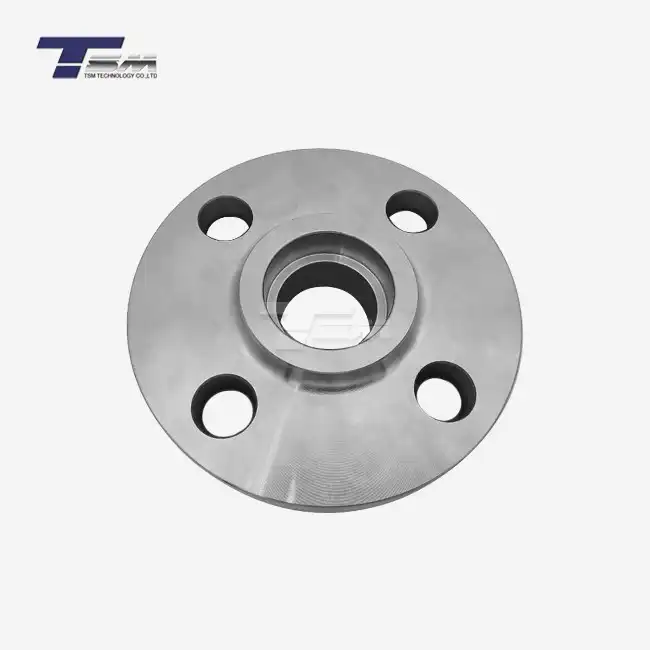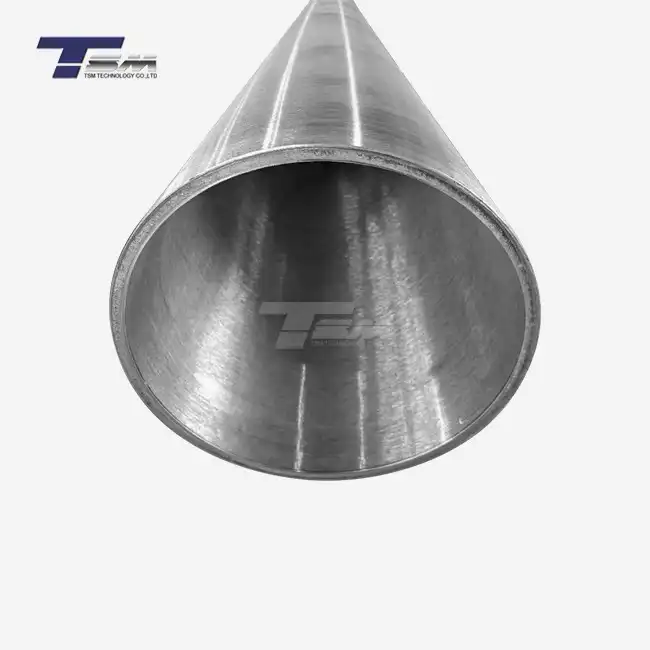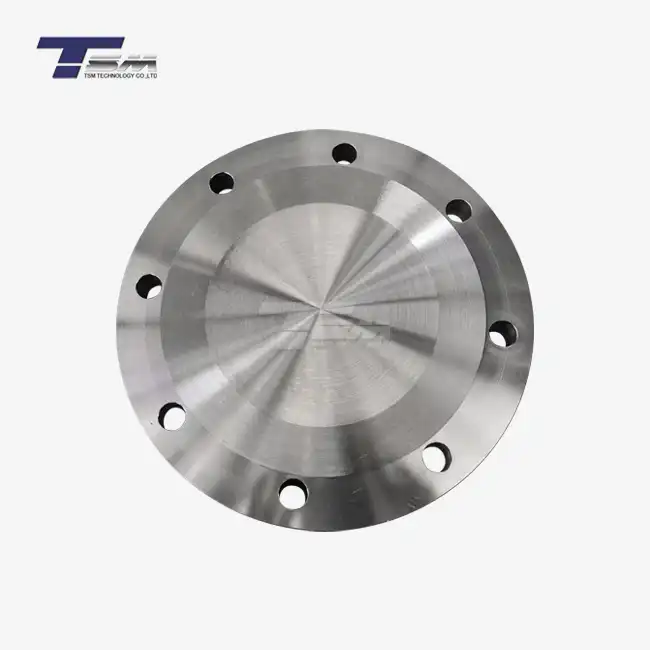Understanding Nickel 201 Properties and Applications
Composition and Characteristics of Nickel 201
Nickel 201 is a high-purity nickel alloy renowned for its exceptional corrosion resistance and thermal properties. Comprising approximately 99.5% nickel, this material exhibits remarkable resistance to caustic environments and maintains its structural integrity at elevated temperatures. Its low carbon content enhances weldability and reduces the risk of embrittlement, making it an ideal choice for various industrial applications.

Advantages of Nickel 201 in Industrial Applications
The unique properties of Nickel 201 make it invaluable across numerous industries. Its superior resistance to corrosion, particularly in alkaline environments, renders it essential in chemical processing equipment. The alloy's excellent thermal conductivity and low magnetic permeability contribute to its effectiveness in heat exchangers and electronic components. Additionally, its ductility and formability facilitate the creation of complex shapes, expanding its utility in aerospace and marine applications.
Common Forms and Specifications of Nickel 201
Nickel 201 is available in various forms to suit diverse project requirements. While sheets and plates are among the most common, the alloy can also be procured as rods, tubes, and wire. Standard specifications often adhere to ASTM B160 for Nickel 201 plate and sheet, ensuring consistent quality and performance. The thickness of Nickel 201 sheets typically ranges from thin foils to thicker plates, accommodating a wide spectrum of engineering needs.
Factors to Consider When Ordering Custom Nickel 201 Sheets
Determining the Optimal Thickness and Dimensions
Selecting the appropriate thickness and dimensions for your Nickel 201 sheets is crucial for project success. Consider the mechanical stresses, thermal conditions, and corrosive environments the material will encounter. Thicker sheets may be necessary for structural applications or high-pressure vessels, while thinner gauges might suffice for heat shields or linings. Precise dimensioning is essential to minimize waste and ensure seamless integration into your project design.
Surface Finish and Edge Treatment Options
The surface finish of your Nickel 201 sheets can significantly impact their performance and appearance. Options range from mill finish to polished surfaces, each suited to specific applications. For instance, a smooth, polished finish may be preferable for hygienic environments, while a rougher texture might enhance coating adhesion. Edge treatments, such as deburred or rounded edges, can improve safety and aesthetics while facilitating assembly processes.
Quantity and Lead Time Considerations
Accurately estimating the quantity of Nickel 201 sheets required is vital to avoid delays or excess inventory. Factor in potential waste from cutting and fabrication, as well as any spare material needed for testing or future repairs. Lead times for custom orders can vary based on the complexity of your specifications and current market demand. Communicating your project timeline to your supplier early in the process allows for better planning and can help identify any potential bottlenecks in production or delivery.
Best Practices for Ordering and Quality Assurance
Communicating Specifications Effectively
Clear and precise communication of your project requirements is paramount when ordering custom Nickel 201 sheets. Provide detailed technical drawings or specifications, including tolerances for dimensions and flatness. Articulate any special requirements, such as non-standard sizes or specific surface treatments. If your project involves unique challenges or operating conditions, share this information with your supplier to ensure they can recommend the most suitable material grade or processing methods.
Requesting Material Certifications and Test Reports
To ensure the quality and conformity of your Nickel 201 sheets, always request material certifications and test reports. These documents should verify the chemical composition, mechanical properties, and any specific tests performed on the material. Common certifications include mill test reports (MTRs) and certificates of conformity. For critical applications, you may also consider requesting additional testing or third-party verification to guarantee the material meets your exact specifications.
Inspection and Acceptance Criteria
Establishing clear inspection and acceptance criteria is essential for maintaining quality control. Define the parameters for visual inspection, dimensional tolerances, and any specific tests required upon receipt of the material. Consider implementing a formal incoming inspection process, including surface quality checks, thickness measurements, and flatness evaluations. Discuss these criteria with your supplier in advance to ensure they can meet your quality standards and to determine any additional costs associated with specialized inspections or certifications.
Conclusion
In conclusion, ordering custom Nickel 201 sheet sizes for your project requires careful planning and attention to detail. By understanding the material's properties, considering key factors such as thickness and surface finish, and implementing best practices for communication and quality assurance, you can ensure that your custom Nickel 201 sheets meet your project's exact specifications. Working closely with a reputable supplier like TSM Technology Co., Ltd. throughout the process will help you navigate any challenges and achieve optimal results for your application.
Contact Us
Ready to order custom Nickel 201 sheets for your project? Contact TSM Technology Co., Ltd. for expert guidance and high-quality materials. Our team is committed to providing superior alloys tailored to your specific needs. Reach out to us at info@tsm-technology.com to discuss your requirements and get a personalized quote today.



